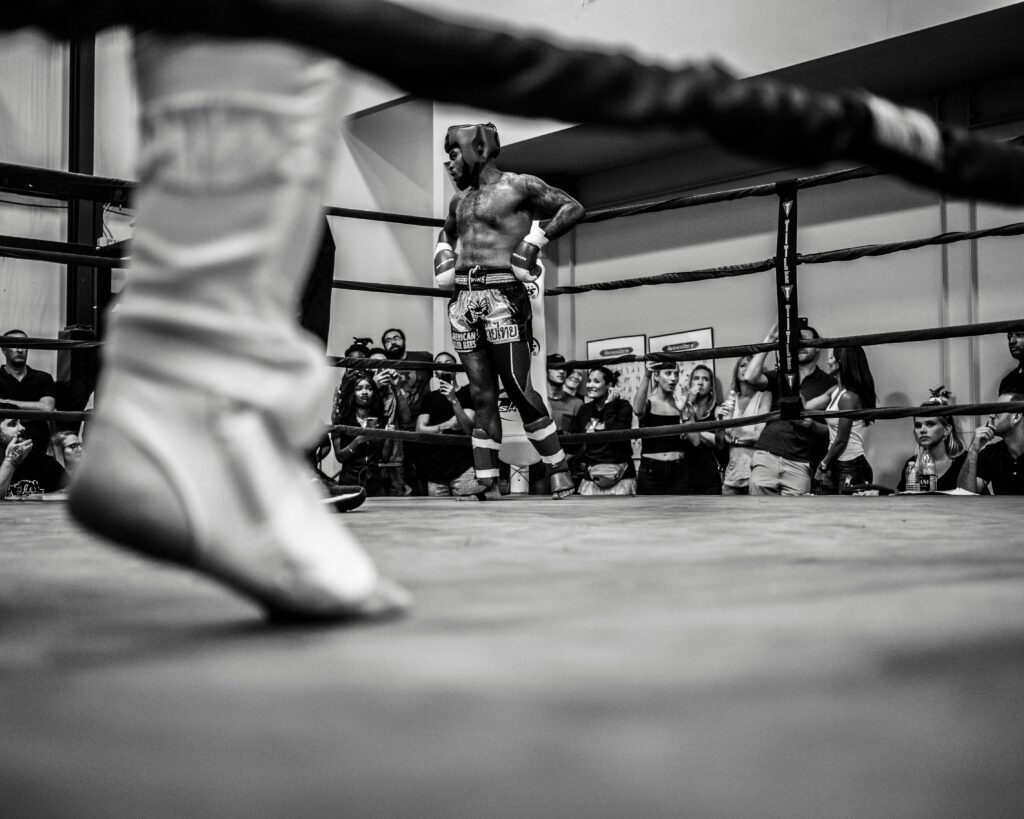Muay Thai, often referred to as the “Art of 8 Limbs”, is a martial art that utilizes a diverse range of weapons including fists, elbows, knees, and legs. Among these, the use of hands for striking, synonymous with boxing, holds significant importance. However, many Muay Thai practitioners, known as Nak Muays, tend to underutilize boxing techniques. This article delves into the importance of integrating boxing into Muay Thai and presents seven potent boxing combinations that can enhance a Muay Thai fighter’s arsenal.
Understanding the Underutilization of Boxing in Muay Thai
In Thailand, the birthplace of Muay Thai, the scoring system often favors knees and kicks over punches. This has led to a reduced emphasis on boxing techniques in traditional Muay Thai training. However, in countries like Europe and the US, fighters often incorporate boxing combinations, showcasing the global adaptability of the sport.
The Benefits of Integrating Boxing into Muay Thai
- Diversified Attack Strategy: Boxing offers a range of combinations that can surprise an opponent, making a fighter unpredictable.
- Enhanced Range: Mastery over boxing techniques provides fighters with an extended range of attack.
- Setting Up Strikes: Boxing combinations can be used to set up other Muay Thai techniques like kicks and elbow strikes.

7 Top Boxing Combinations for Muay Thai
- Jab-Right Straight Combination
Often referred to as the 1,2 combo, this is a fundamental technique in boxing. The jab serves to gauge distance and distract the opponent, while the right straight delivers power. When executed swiftly, it can score points, create openings, and even set the stage for more complex combinations. - Jab-Overhand Right Combination
This combination uses the jab as a feint or distraction. The jab draws the opponent’s guard up, creating an opening for the overhand right. The overhand right, when thrown with force, can be a potent strike, capable of knocking down or even knocking out an opponent. - Jab-Right Straight-Left Hook Combination
Building on the basic 1,2 combo, this sequence introduces a left hook at the end. After the jab and right straight have been thrown, opponents often expect a retreat. However, introducing a left hook can catch them off-guard, potentially landing a powerful blow to the side of their head. - Jab-Straight to the Body Combination
Targeting different levels keeps an opponent on their toes. A jab to the head forces the opponent to raise their guard, exposing the midsection. A swift straight punch to the body can wind an opponent, reducing their mobility and stamina. - Right Straight-Left Hook to the Body Combination
Initiating with a right straight is unconventional in Muay Thai, making it a surprise element. Once the straight right connects or distracts, the left hook targets the body. This combination can be particularly effective if the opponent is conditioned to expect jabs as the starting move. - Right Uppercut-Left Hook Combination
Designed to counter aggressive fighters, this combo starts with a right uppercut aimed at an advancing opponent. The uppercut can disrupt their forward motion and break their guard. Following up with a left hook can capitalize on this momentary lapse, delivering significant damage. - Double Jab-Right Straight Combination
The double jab is a rhythmic move that can disrupt an opponent’s timing. By throwing two quick jabs, the opponent might anticipate a different follow-up. However, a swift right straight after the double jab can catch them off balance, making it a strategic tool in a fighter’s arsenal.
The Path to Becoming a Well-Rounded Fighter
Incorporating boxing into Muay Thai doesn’t just add to a fighter’s repertoire; it transforms their fighting style. By practicing these combinations regularly, a Muay Thai practitioner can become a more versatile and formidable opponent in the ring.





